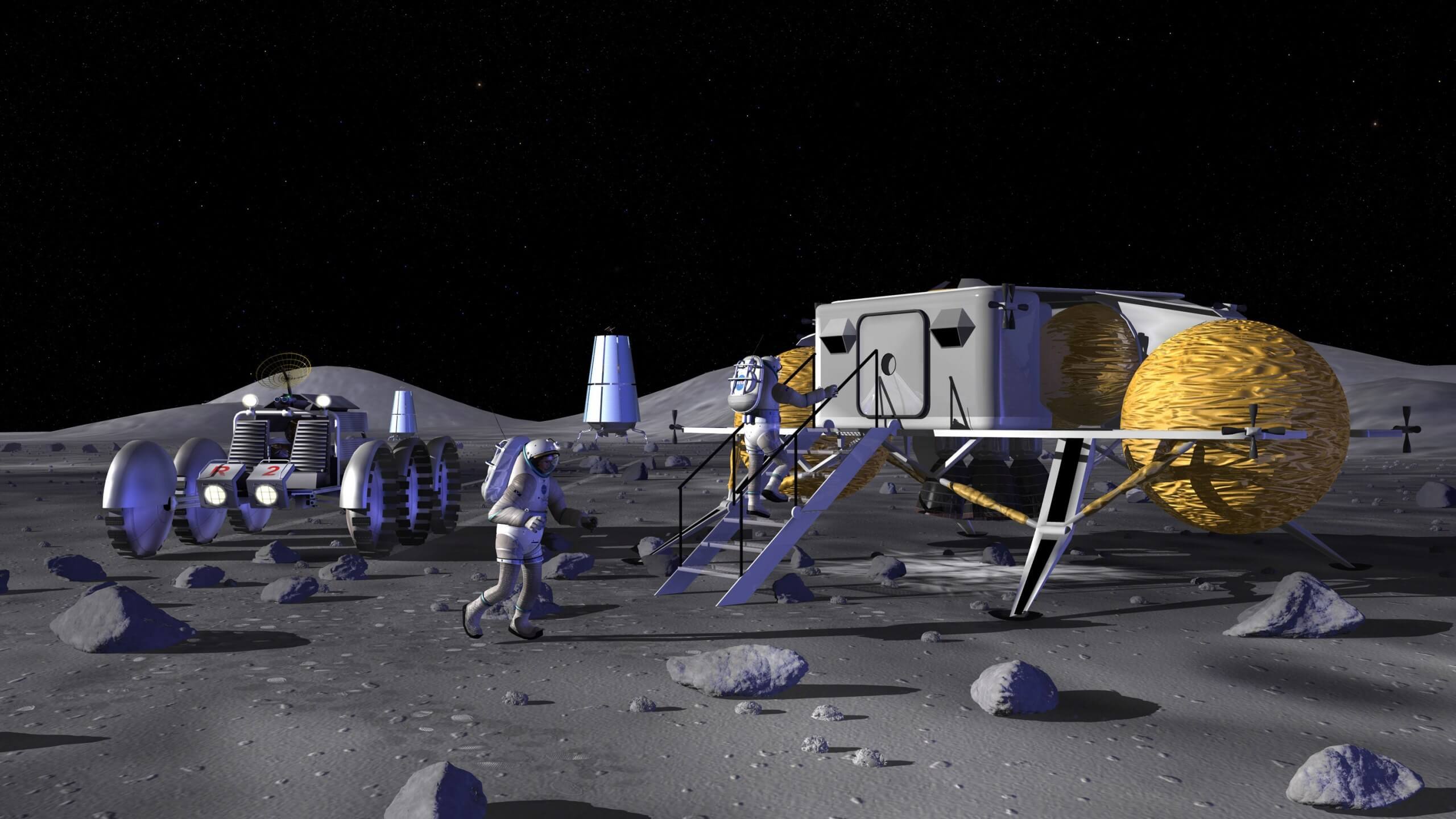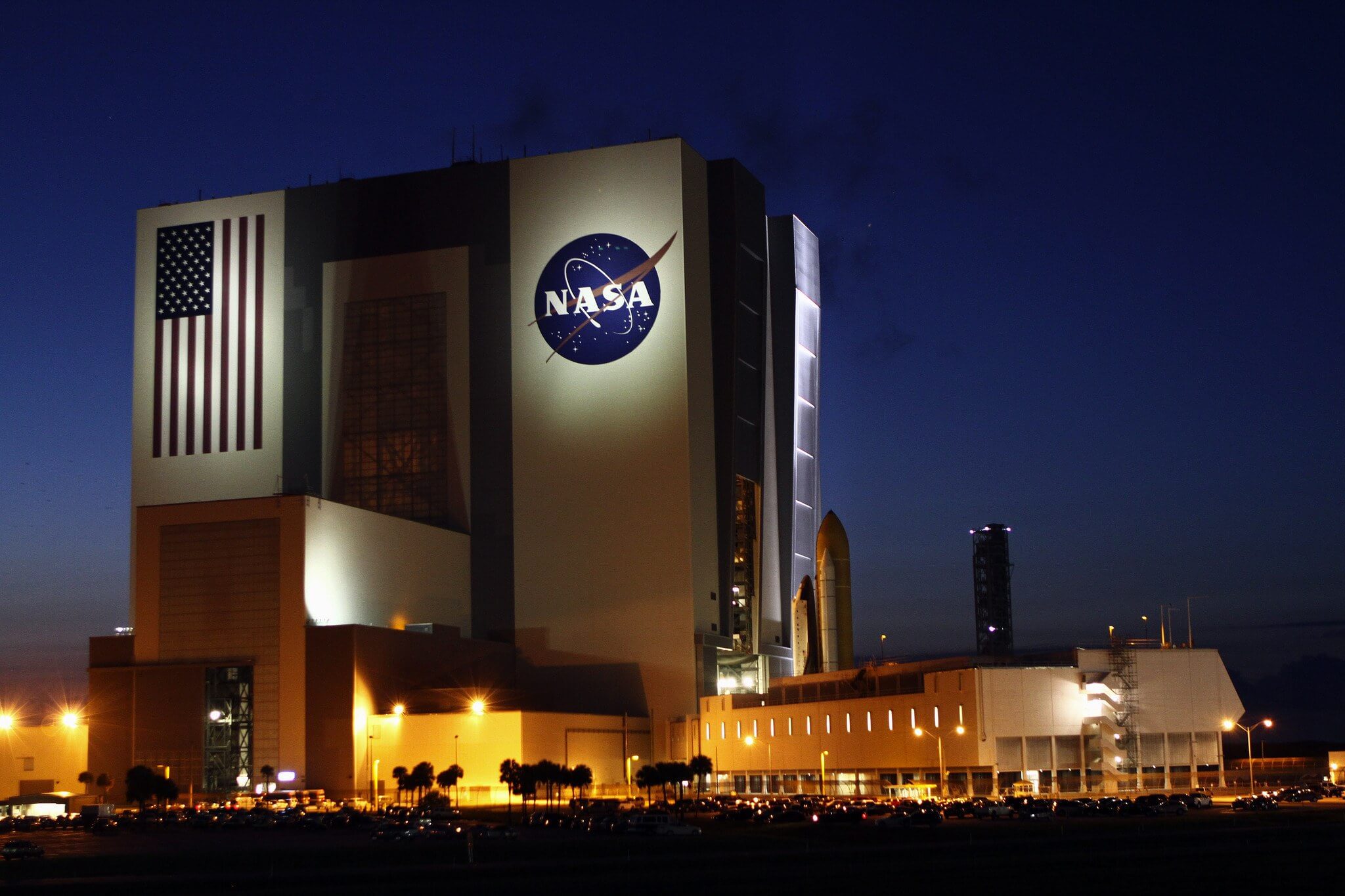Forward-looking: NASA promises to put astronauts on the moon once again, but first, its CLPS program needs to deliver payloads of equipment and instruments to the lunar surface. The program will spend $2.6 billion over the next 10 years among various aerospace companies. Some of those firms have already been selected.
On Thursday NASA announced it had selected nine companies to help achieve its lunar goals. Following a directive signed last year by President Trump, the aerospace administration launched the Commercial Lunar Payload Services (CLPS) program. Its multi-year plan looks to deliver several small payloads of instruments and rovers to the surface of the Moon with manned missions planned for later.
Aside from Lockheed Martin and Draper, most of the aerospace firms are not too well known. Astrobotic, Moon Express, Masten Space Systems, Deep Space Systems, Firefly Aerospace, Intuitive Machines, and Orbit Beyond have all been picked to provide services to NASA on future lunar missions.

Perhaps surprisingly absent are Elon Musk's SpaceX and Jeff Bezos' company Blue Origin. The Verge notes that both had expressed interest in the program, but were not selected. However, it is too early to rule them out. NASA will continue looking at private sector for innovations and delivery solutions. An "on-ramping" provision will allow the agency to select other companies to join over the course of the CLPS program.
NASA Administrator Jim Bridenstine indicated that they wanted to have a wide variety of providers to ensure vigorous competition on both costs and innovation. The companies will be competing for portions of a $2.6 billion purse over the next ten years.
"Today's announcement marks tangible progress in America's return to the Moon's surface to stay," said Bridenstine. "The innovation of America's aerospace companies, wedded with our big goals in science and human exploration, are going to help us achieve amazing things on the Moon and feed forward to Mars."
NASA will evaluate bids based on technical feasibility, price, and schedule, among other things when considering contract awards. The agency has already called for the development of instrumentation and other lunar-focused technologies. It expects to start hearing proposals by January. Missions could feasibly begin as early as 2019.
